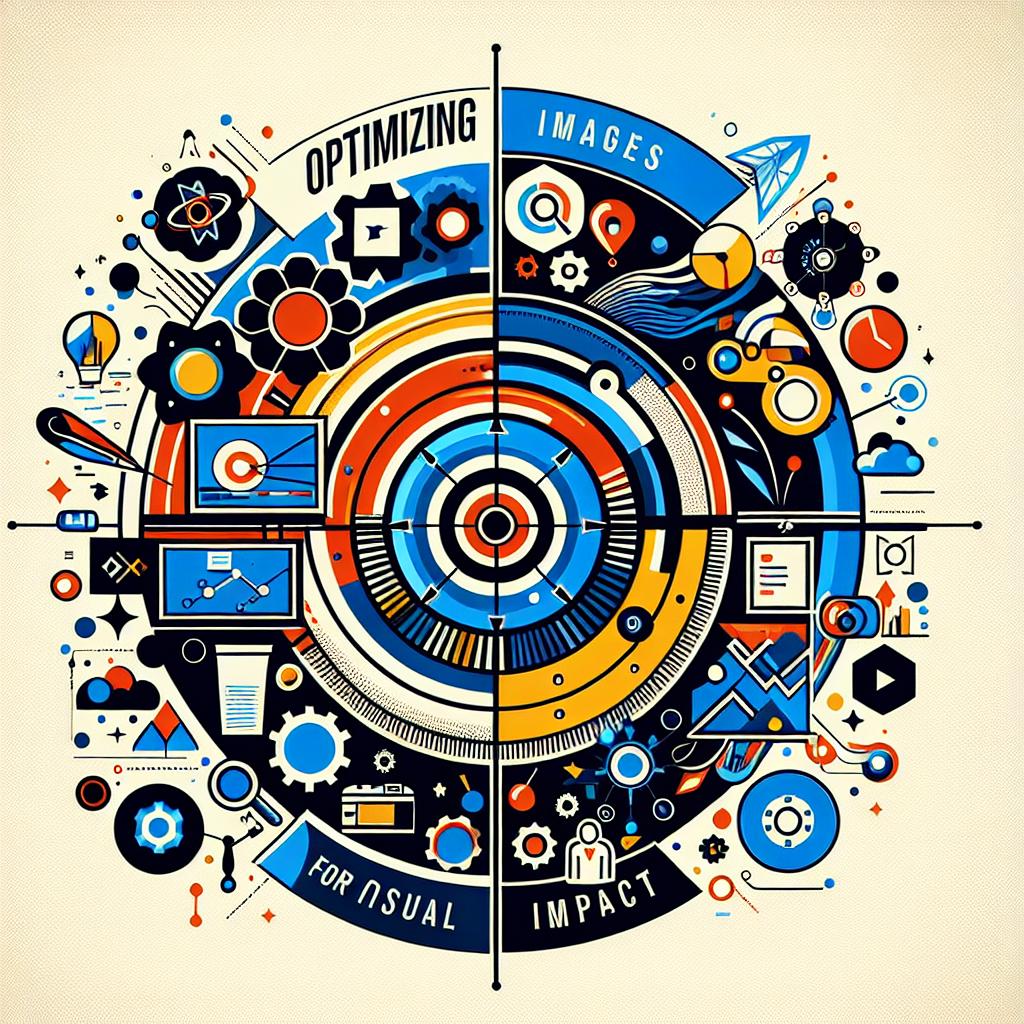In today’s fast-paced digital world, where patience is as rare as a unicorn, a sluggish website can feel like a tortoise in a race against hair. We all know that when it comes to browsing, speed matters. Whether you’re running an online store, a personal blog, or a portfolio, ensuring that your website loads quickly and smoothly is crucial not just for user experience but also for your search engine rankings. But don’t fret! You don’t need to be a tech wizard to rev up your site’s performance. In this article, we’ll explore ten friendly tips and tricks that can help you breathe new life into your website, making it faster and more efficient than ever. So grab a cup of coffee, settle in, and let’s embark on this journey to turbocharge your online presence!
Unlocking the Secrets of Fast Load Times
In today’s fast-paced digital landscape, users expect websites to load instantly. Slow load times can lead to high bounce rates and lost revenue. Here are some invaluable strategies to enhance your site’s performance:
- Optimize Images: Compress images without sacrificing quality to enhance load speeds.
- Minimize HTTP Requests: Reduce the number of elements on your page to decrease loading time.
- Leverage Browser Caching: Enable caching to allow repeat visitors to load your site faster.
- Utilize a Content Delivery Network (CDN): Distribute your content globally for improved access speeds.
Implementing these techniques can dramatically improve user experience and lead to better engagement. Consider the following table that highlights the impact of load time on user interaction:
| Load Time (Seconds) | Expected Bounce Rate | Conversion Rate |
|---|---|---|
| 1 | 10% | 7% |
| 3 | 30% | 4% |
| 5 | 50% | 2% |
Focusing on these elements will enable you to unlock the secrets of speed and efficiency, empowering your website to be not just faster, but smarter.

Streamlining Your Code for a Smoother Experience
To enhance your website’s performance, it’s crucial to focus on the quality of your code. Clean, organized code not only contributes to faster loading times but also makes future updates and modifications more manageable. Here are a few tips to keep your code streamlined:
- Minimize HTTP Requests: Combine multiple stylesheets and scripts into a single file.
- Remove Unused Code: Regularly audit your codebase and eliminate any unnecessary elements.
- Use Semantic HTML: This improves readability for both browsers and developers alike.
Another important aspect is optimizing your resources. Large images or files can dramatically slow down your site, so consider implementing the following strategies:
- Compress Images: Use formats like WebP for better quality at a smaller size.
- Leverage Browser Caching: Set expiration headers for your resources to enhance load speeds.
- Optimize CSS and JavaScript: Tools like CSSNano and UglifyJS can help you minimize these files.

Optimizing Images for Quick Visual Impact
Images are the heartbeat of web design, but if left unchecked, they can slow your site to a crawl. The first step to enhancing your website’s visuals while maintaining speed is to compress your images without sacrificing quality. Tools like TinyPNG or ImageOptim are fantastic for achieving this balance. Additionally, choosing the right format is crucial. For instance:
- JPEG is great for photographs with complex colors.
- PNG is ideal for images that require transparency.
- SVG works wonders for logos and simple graphics, ensuring crisp lines at any resolution.
Beyond format and compression, it’s essential to consider responsive images that adapt to different screen sizes. Utilizing the
| Image Size (KB) | Approx. Load Time (seconds) |
|---|---|
| 100 | 0.1 |
| 500 | 0.5 |
| 1000 | 1.0 |

Harnessing the Power of Caching for Speedy Access
One of the most effective strategies to enhance your website’s speed is by leveraging the benefits of caching. Caching reduces the need to retrieve data from the server repeatedly, allowing your site to serve content quicker than ever. By storing a copy of frequently requested data in memory, caching solutions like object caching and page caching deliver instant responses to user requests. It’s like having a trusty assistant that brings you the files you need without making you wait each time!
Implementing caching can involve a variety of techniques, each bringing its distinct advantages to the table. Consider using:
- Browser caching: Encourages repeat visitors to load elements from their own browser storage.
- Server-side caching: Reduces database load and speeds up dynamic content delivery.
- CDN caching: Distributes content globally, ensuring users access resources from the nearest location.
Here’s a quick comparison of common caching methods:
| Cache Type | Advantages | Best Use Case |
|---|---|---|
| Browser Caching | Reduces server requests | Static resources like images and CSS |
| Server-side Caching | Improves loading times | Dynamic content-heavy sites |
| CDN Caching | Global content delivery | Websites with international traffic |
Key Takeaways
As we wrap up our journey through the 10 ways to improve website speed and performance, let’s take a moment to appreciate the magic that unfolds when you give your website the care it deserves. Just like a well-tuned engine, a speedy website not only keeps your visitors happy but also fuels your brand’s potential. Remember, every millisecond counts in capturing attention and keeping users engaged.
So, whether you’re diving into image optimization, cleaning up code, or harnessing the power of a Content Delivery Network (CDN), each step you take is a step toward a faster, more efficient online presence. Embrace the challenge, experiment with the techniques we’ve shared, and watch as your website transforms into a high-speed haven for visitors.
improving your website’s speed isn’t just about numbers—it’s about creating an inviting experience that keeps people coming back for more. So, kick off your shoes, roll up your sleeves, and let your website reach new heights. Here’s to a faster, more vibrant internet! Happy optimizing!

